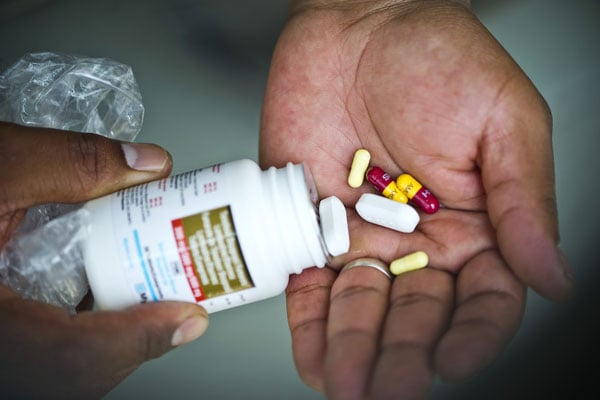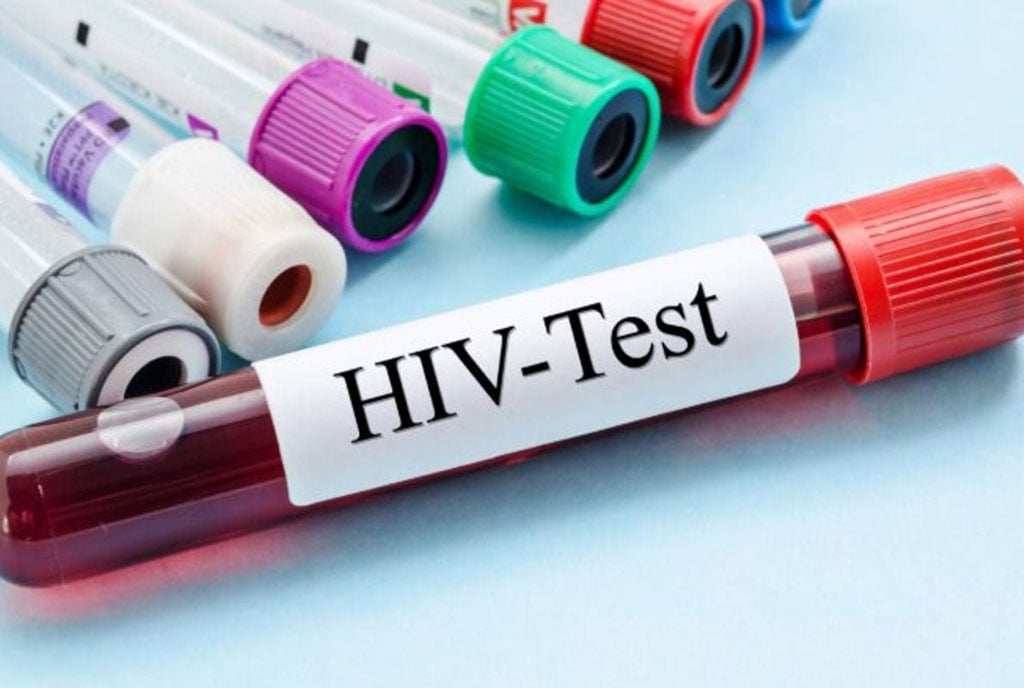Prime
HIV/Aids fight: Need for targeted intervention

Antiretroviral drugs. PHOTO/FILE
What you need to know:
- The issue: HIV/Aids fight
- Our view: We have put up a spirited and commendable fight against HIV/Aids and stigma before, we should be able to do it again of course cognizant of the changing times and wavering societal value systems and general global disruptions, innovations and interventions.
In response to the latest national surveillance data presented by the Uganda Aids Commission which indicates that most recently created cities have infection rates that are higher than and, in some cases, double the national HIV prevalence average of 5.1 percent, Mr Jonathan Mubangizi, an official of joint United Nations programme on HIV/Aids in Uganda has called for targeted interventions to address infections among adolescent girls and women.
According to data up to 15,000 new HIV infections were recorded among young people aged 15 to 24 years. Of this number 12,000 were female. Even in the general population, the disease continues to affect females more than males. Women aged 15 years and above accounted for 22,000 new infections.
What Mr Mubangizi and many other officials suggest is right on the money given that as pointed out by various stakeholders, the drivers of the spike in infections vary from one place to the other. Therefore, creating a generic, “one size-fits-all’ intervention plan for the whole country might not produce the desired positive change.
Some of the drivers highlighted include sprouting and unplanned residential areas, increased economic activity in surrounding districts, and poverty combined with urban anonymity which Swedish International Development Cooperation Agency says increases the risky behaviour such as transactional and age disparate sex, among others.
Therefore, while continued awareness and sensitisation must be done, it should not be generalised. Finding out what exactly is driving the rise in infections in these cities increases the chances of success in bringing the numbers down.
Another issue of concern is the declining awareness about HIV/Aids. In our story of August 29, “HIV increases in urban areas, adolescent girls”, Ms Restituta Kaguma Nabwire, acting country director at AMICAALI is quoted saying there is need to raise awareness about HIV because many people are forgetting that it is dangerous. She says there is need to renew efforts to fight stigma and discrimination against persons living with HIV.
We have put up a spirited and commendable fight against HIV/Aids and stigma before, we should be able to do it again of course cognizant of the changing times and wavering societal value systems and general global disruptions, innovations and interventions.
Let’s not stop at exclaiming at the new numbers of infections, especially in urban areas and how slow the rate of decline is for Uganda to meet its goal of eliminating HIV/Aids as a public health threat by 2030. The onus is on all stakeholders to regroup, come up with targeted interventions and awareness drives and put up another spirited fight.




